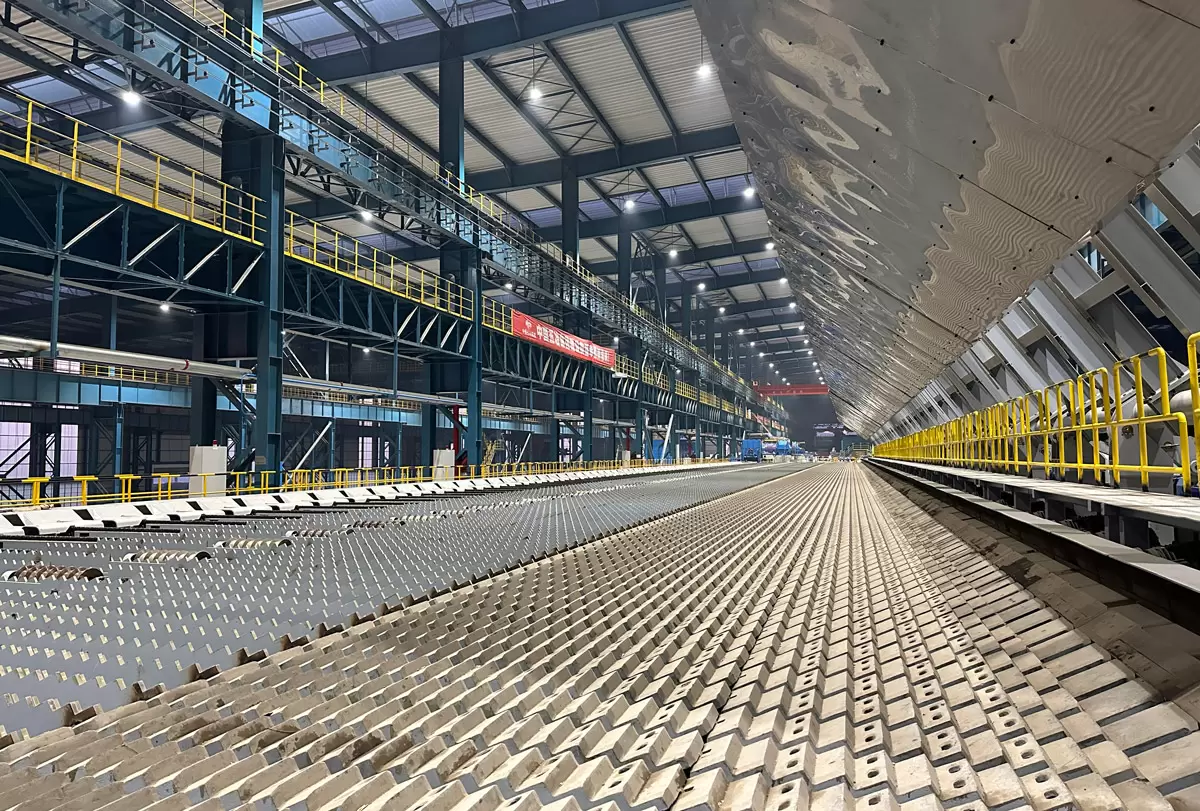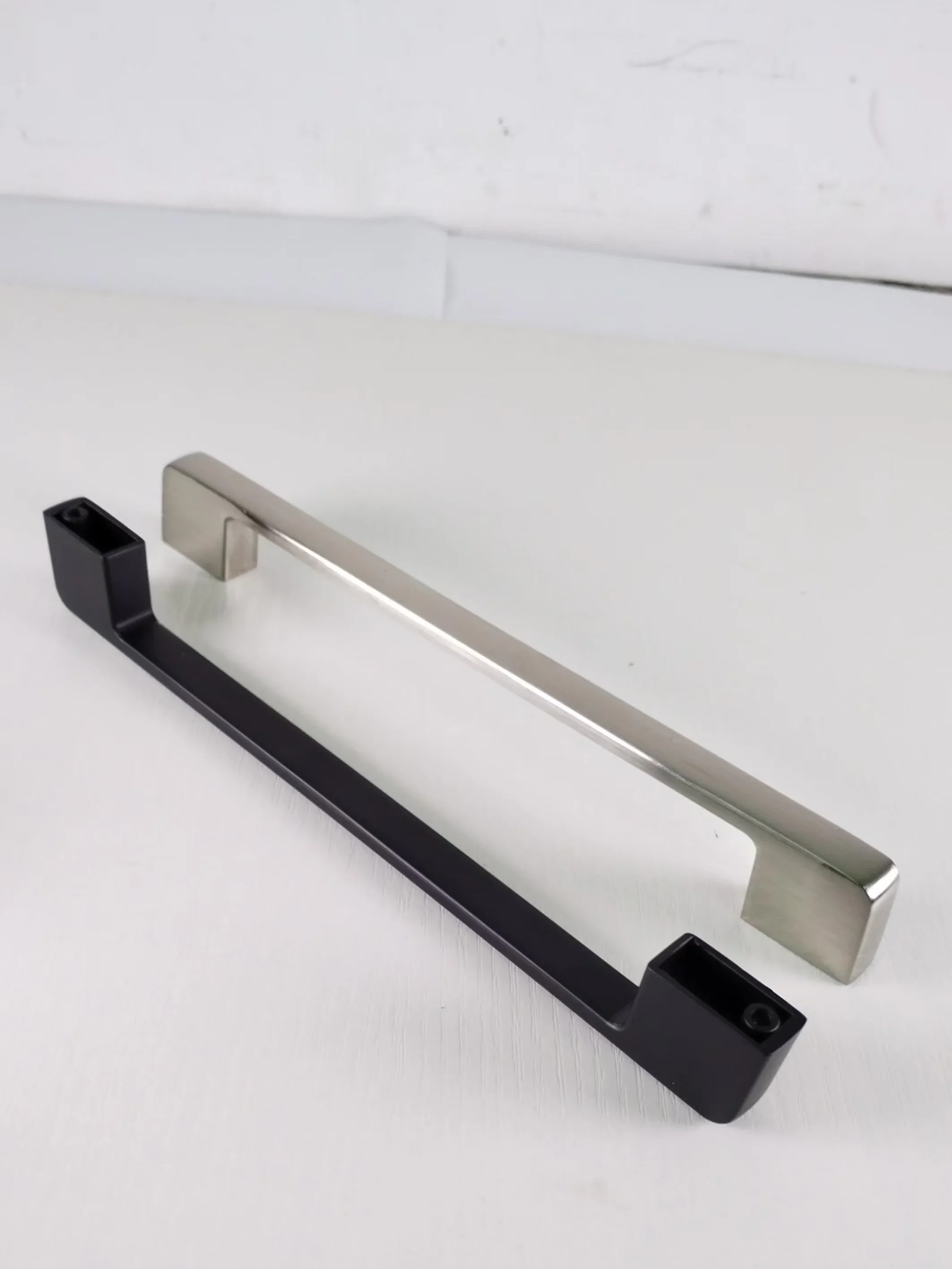In today's fast-paced world, the food industry has witnessed significant advancements in packaging solutions. With the increasing demand for convenience, sustainability, and food safety, it is crucial to explore the most popular food packaging options available. This article delves into the innovative packaging techniques that have revolutionized the industry, ensuring both consumer satisfaction and environmental responsibility.
- Sustainable Packaging: A Growing Trend
Sustainability has become a buzzword in recent years, and the food industry is no exception. Consumers are increasingly conscious of the environmental impact of packaging materials. As a result, eco-friendly packaging solutions have gained immense popularity. Biodegradable materials, such as plant-based plastics, compostable packaging, and recycled paper, have emerged as sustainable alternatives to traditional packaging options. - Smart Packaging: Enhancing Food Safety and Quality
In an era of technological advancements, smart packaging has emerged as a game-changer in the food industry. This innovative approach integrates sensors, indicators, and tracking systems into packaging materials to monitor and maintain food quality. Smart packaging can detect temperature changes, oxygen levels, and microbial growth, ensuring the safety and freshness of the packaged food. Additionally, it provides consumers with real-time information about the product's origin, ingredients, and expiration dates. - Minimalist Packaging: Striking the Balance between Functionality and Aesthetics
Minimalist packaging has gained popularity due to its sleek design and reduced environmental impact. This approach focuses on eliminating excess materials and reducing waste while maintaining the functionality of the packaging. By using minimalist packaging, food companies can reduce costs, optimize storage space, and enhance the overall consumer experience. The minimalist trend also aligns with the growing consumer preference for simplicity and transparency in product packaging. - Active and Intelligent Packaging: Extending Shelf Life and Enhancing Convenience
Active and intelligent packaging solutions have revolutionized the way food is preserved and consumed. Active packaging incorporates additives or materials that interact with the packaged food to extend its shelf life. For example, oxygen scavengers can absorb excess oxygen, preventing spoilage. On the other hand, intelligent packaging utilizes technologies like time-temperature indicators and freshness sensors to provide consumers with real-time information about the product's quality and safety. These packaging solutions not only enhance convenience but also reduce food waste. - Customized Packaging: Catering to Diverse Consumer Needs
In today's diverse market, customization has become a key strategy for food companies. Customized packaging allows businesses to cater to specific consumer preferences, dietary requirements, and portion sizes. Whether it's personalized labels, portion-controlled packaging, or allergen-specific packaging, customization ensures that consumers feel valued and accommodated. This trend has gained popularity as it enhances brand loyalty and customer satisfaction.
Conclusion:
The food industry is witnessing a remarkable transformation in packaging solutions, driven by the need for sustainability, food safety, and consumer convenience. From sustainable and minimalist packaging to smart and customized solutions, the industry is constantly evolving to meet the demands of the modern consumer. By embracing these innovative packaging techniques, food companies can not only enhance their brand image but also contribute to a greener and more efficient future.



More Stories
Mechanisms of Damping Deadening Rubber Sheets: How They Reduce Vibration and Noise
How SMC Is Manufactured: Process, Materials, and Quality Control
Customizable Logo Pulp Boxes in Kraft and White for Sustainable Food Packaging Solutions